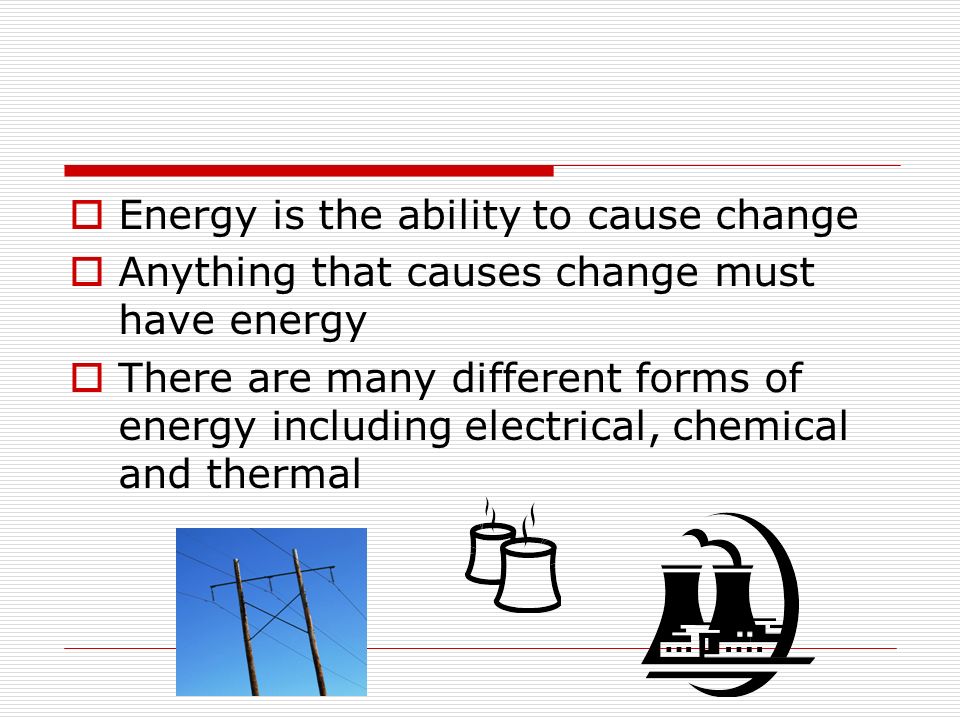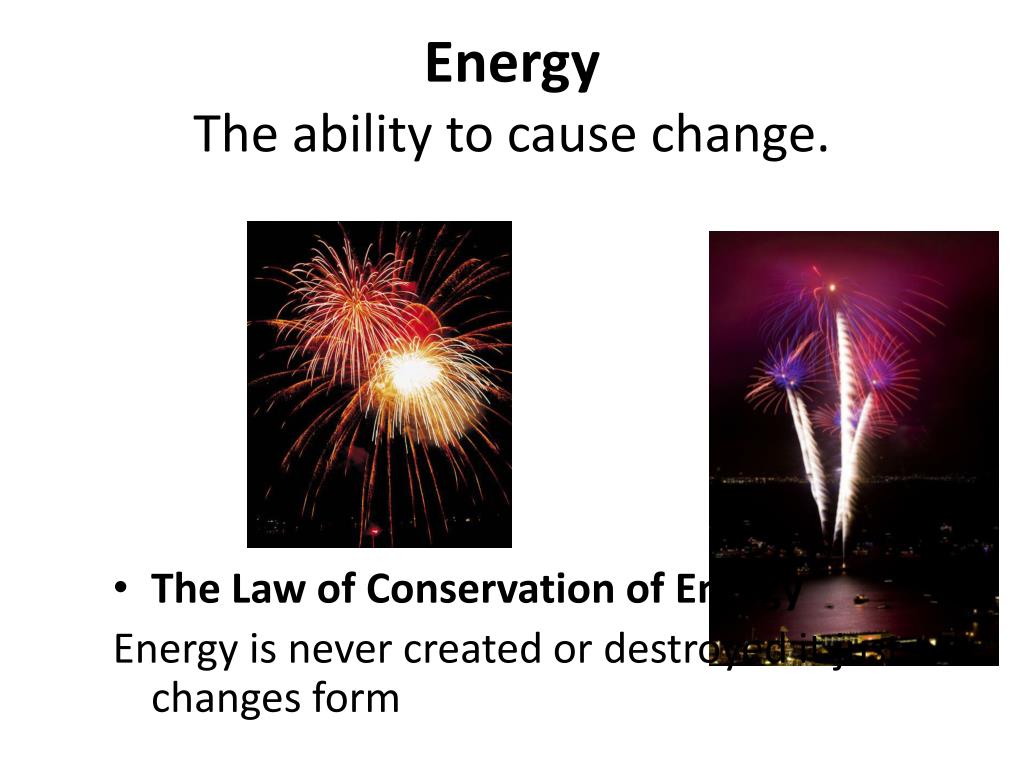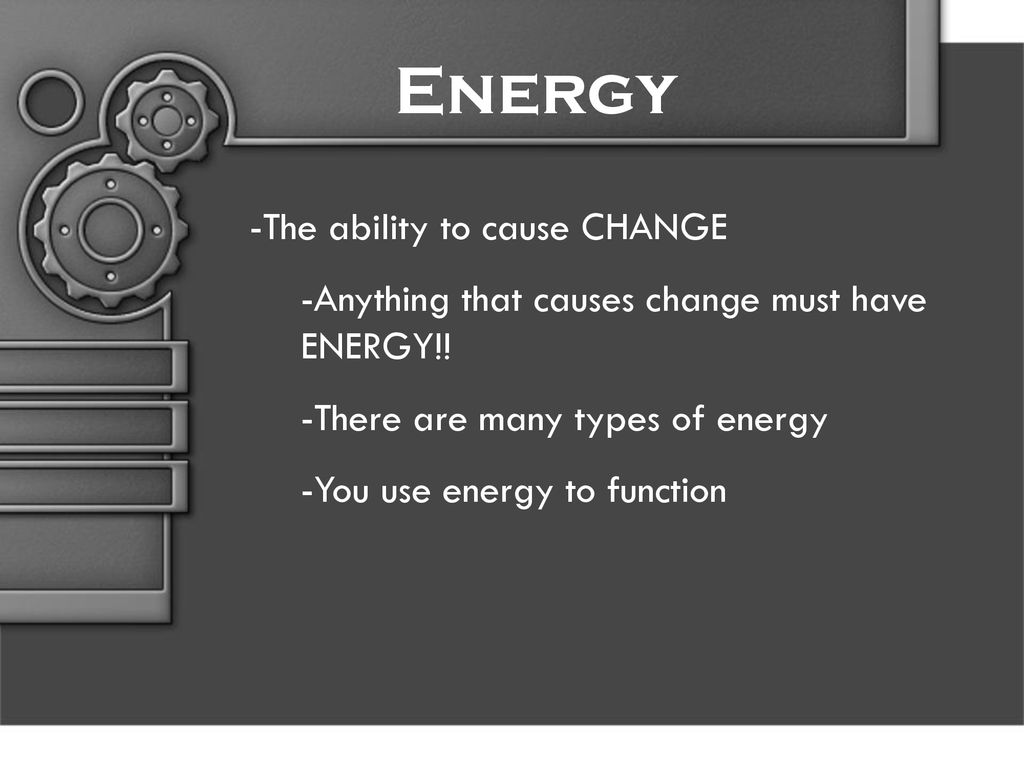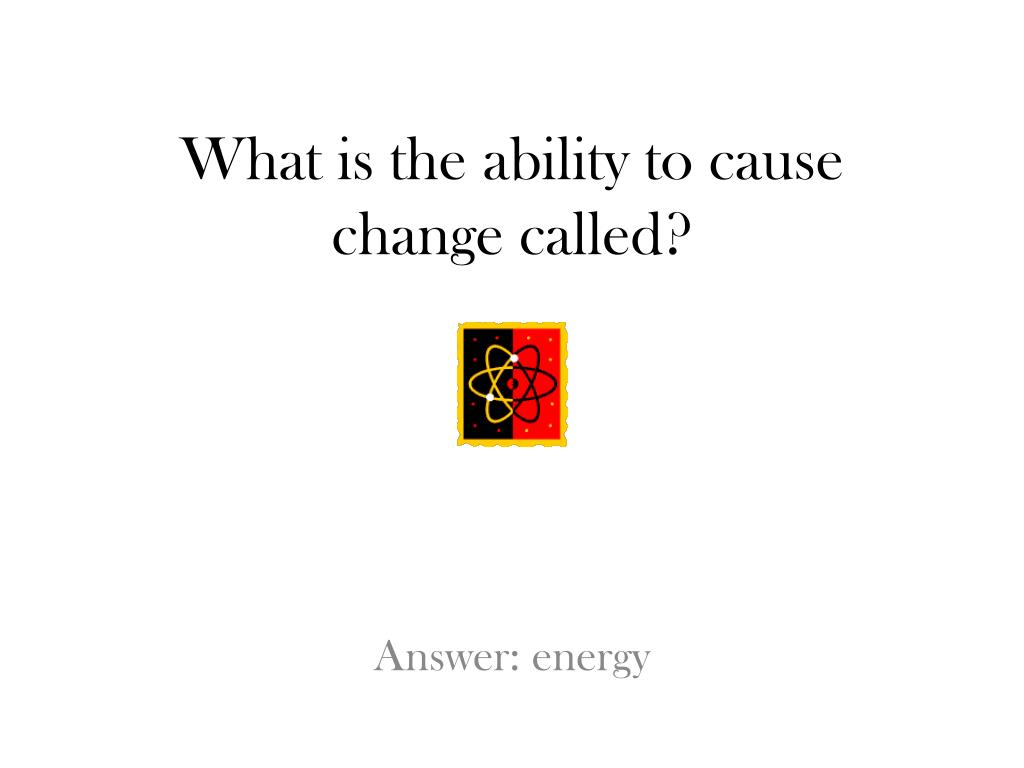The Ability To Cause Change In Energy Is Known As

The scientific community is abuzz following a groundbreaking announcement: the fundamental ability to manipulate energy transformation is now comprehensively defined and, in some cases, demonstrably achievable. This development, termed “Energy Transduction Capacity (ETC)”, promises to revolutionize fields ranging from renewable energy to medicine.
ETC, the measure of a system’s ability to convert energy from one form to another with minimal loss and maximal efficiency, represents a paradigm shift in our understanding of energy dynamics. This understanding unlocks potential breakthroughs in energy storage, transfer, and application, impacting everything from global energy grids to nanoscale medical devices.
Defining Energy Transduction Capacity (ETC)
Previously, energy conversion was approached on a case-by-case basis, lacking a unified theoretical framework. ETC provides a quantitative metric for assessing the potential of any system, biological or mechanical, to efficiently transform energy. It factors in variables like energy input, energy output, conversion efficiency, and system stability over time.
The Key Components of ETC Measurement
ETC isn't a single number, but a multi-faceted evaluation. Researchers at the International Energy Consortium (IEC), the driving force behind this definition, outline three crucial components:
1. Conversion Rate: The speed at which energy is converted from one form to another.
2. Efficiency Quotient: The ratio of energy output to energy input, accounting for energy loss during conversion.
3. Stability Index: A measure of how consistently the system maintains conversion rate and efficiency over an extended operational period.
Early Applications and Breakthroughs
While the full implications of ETC are still unfolding, significant progress is already being reported in several key areas. The IEC has validated ETC's impact on solar cell development, energy storage, and even bio-integrated energy systems.
Researchers at MIT have leveraged ETC principles to design solar cells with a 28% conversion efficiency, exceeding previous benchmarks. This was achieved by optimizing the material composition and energy transfer pathways within the cell.
Meanwhile, Stanford University scientists are utilizing ETC to develop a new generation of batteries. These batteries exhibit significantly higher energy density and faster charging rates than current lithium-ion technology.
ETC and Bio-Integrated Energy
One of the most exciting applications of ETC lies in the realm of bio-integrated energy. Scientists are exploring ways to harness biological processes to generate and store energy within living organisms.
The University of Tokyo is leading research into microbial fuel cells that can generate electricity from organic waste. ETC is being used to optimize the metabolic pathways of these microbes, maximizing energy production.
This offers potential solutions for powering implanted medical devices, reducing the need for external batteries and invasive surgical procedures.
Challenges and Future Directions
Despite the initial successes, significant challenges remain. Precisely measuring ETC in complex systems, especially biological ones, requires advanced instrumentation and sophisticated data analysis techniques.
The IEC is actively working to standardize ETC measurement protocols to ensure reproducibility and comparability across different research groups. They are also developing open-source software tools to aid researchers in calculating ETC for their systems.
The Road Ahead
The journey to fully understand and exploit Energy Transduction Capacity is just beginning. International collaborations and sustained funding are crucial to unlocking its full potential.
The IEC is hosting a major conference in Geneva next month, bringing together leading scientists and engineers to discuss the latest advances in ETC research. The outcome of the conference is expected to shape the future of energy technology and its applications across various sectors.
The development of ETC marks a pivotal moment in our relationship with energy, promising a future where energy is harnessed and transformed with unprecedented efficiency and precision.
















+is+the+ability+to+cause+change.+Energy+comes+in+many+forms..jpg)

